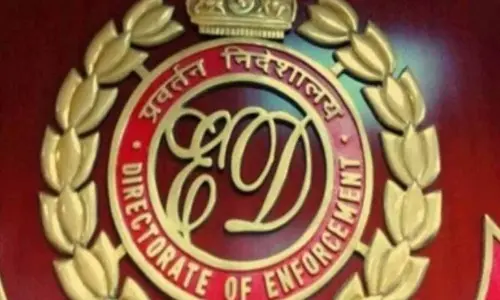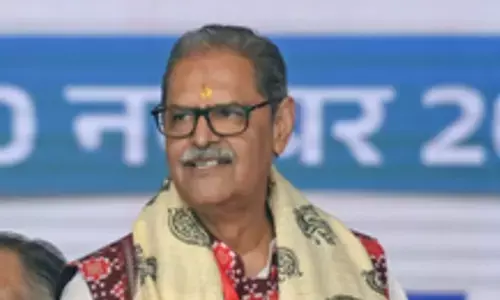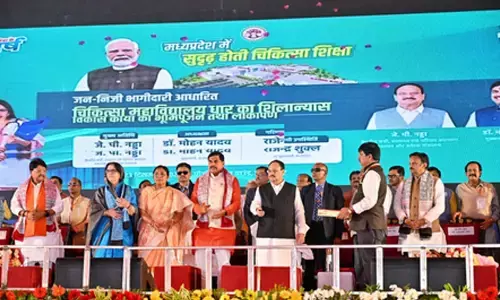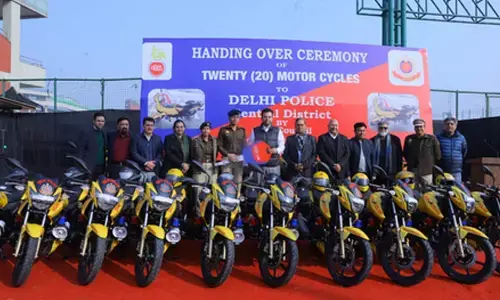GLOBE Observer
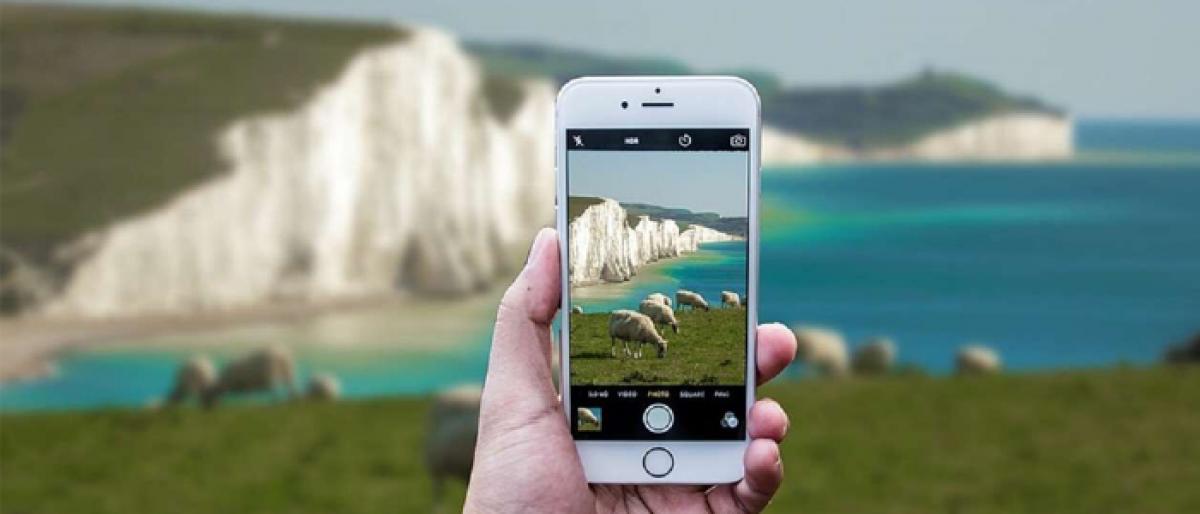
NASA has invited citizen scientists to help them track mosquitos known to carry and spread diseases like Zika, West Nile Virus and malaria to create new forecast models that can predict the spread of these diseases. NASA scientists have initiated the work with DEVELOP team — part of NASA’s Applied Sciences Programme, which addresses environmental and public policy issues — to create the models.
NASA has invited citizen scientists to help them track mosquitos known to carry and spread diseases like Zika, West Nile Virus and malaria to create new forecast models that can predict the spread of these diseases. NASA scientists have initiated the work with DEVELOP team — part of NASA’s Applied Sciences Programme, which addresses environmental and public policy issues — to create the models.
The teams blended the citizen science data with NASA satellite observations of land surface temperatures, humidity, soil moisture, elevation, vegetation and precipitation. The data were then used to create an interactive, open-source map on Google Earth Engine to improve prediction models for disease-carrying mosquitoes.
The public can help track mosquitoes by downloading an app called GLOBE Observer, and then collect data over the summer using the Mosquito Habitat Mapper tool in the app, NASA said. The app guides users through the process of identifying and eliminating mosquito breeding sites in order to reduce mosquito populations in their immediate surroundings.
In August 2016, NASA and the Global Learning and Observations to Benefit the Environment (GLOBE) program released the GLOBE Observer App for iOS and Android. It encourages the public to make environmental observations that complement NASA satellite observations. “GLOBE Observer allows anyone to submit observations through an easy-to-use smart phone app,” says Sarah McCrea, an educational outreach coordinator at NASA’s Langley Research Center in Hampton, Virginia.
“Additionally, the app features protocols that require little to no additional instrumentation, besides the user and the phone, as well as protocols that a user would find relevant to their everyday life.” Currently, citizen scientists can use the app's Cloud Protocol to photograph and make observations about clouds.
Their atmospheric presence may sometimes seem mundane and every day, yet they have a profound impact upon the planet, according to www.nasa.gov.










